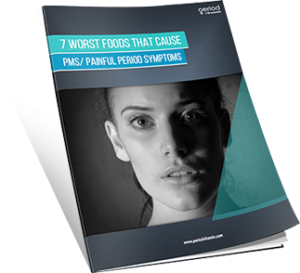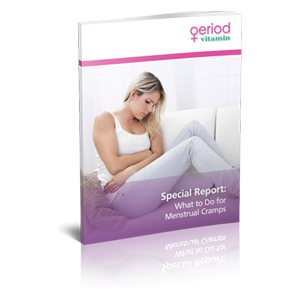Do you suffer from PMS (Pre Menstrual Syndrome) Acne?
Are you aware of what causes this acne and how to get rid of it?
There are many ways to treat acne but there really are only a specific set of circumstances prior to your menstrual cycle that can cause it.
Acne may also be present during your period as well as before. In fact mild to severe acne may be present at any time in the menstrual cycle which consists of Premenstrual, Stage 1 – follicular stage, Stage 2 – Luteal Period and Post Menstrual.
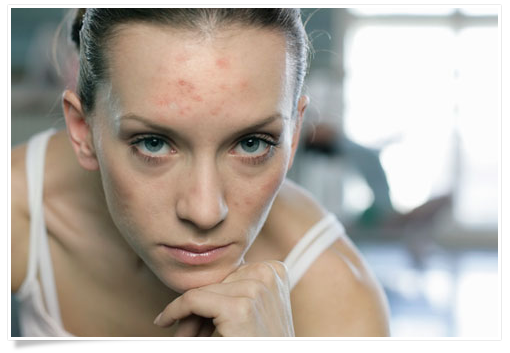 Some additional factors that play into acne include deficiencies in nutrition, food allergies, environmental toxins, stressed adrenal glands or hypoglycemia.
Some additional factors that play into acne include deficiencies in nutrition, food allergies, environmental toxins, stressed adrenal glands or hypoglycemia.
The skin is the largest organ of the body and is usually really good at detoxification. Acne is an indication that the skin is not able to completely detoxify whatever is causing the infections.
Underlying factors include nutritional deficiencies, hypoglycemia, stressed adrenals, food allergies and environmental toxins.
Though these skin infections are caused by bacteria, they indicate a toxic overload in this, the body’s largest detoxification organ.
What is Acne and Symptoms:
Acne is a generalized skin condition that has many different types of presentations including blackheads, whiteheads and pimples. What we are concerned with here is hormone related acne that occurs before, during or after a PMS or the period stage. However this hormone related acne actually begins for most girls in their teenage years when their adrenal glands start making dihydroepiandrosterone sulfate (DHEAS). DHEAS is an androgen hormone.
They add to the stimulation of oil glands or sebum in the face. In teenagers these hormones are in constant flux and most teenagers suffer from acne on the face and chin. For some women this syndrome of fluctuating hormones continues into adulthood resulting in acne. According to recent studies “63% of women who had adolescent acne showed a 25% increase in inflammatory acne lesions during pms.” (ABSTRACT TAKEN FROM:ACNE AND ITS THERAPY,EDITED BY GUY F. WEBSTER,ANTHONY V. RAWLINGS)
Causes of Menstrual Cycle Acne:
There are hormonal changes and fluctuations that happen during a women’s cycle that can cause acne. The normal cycle of the average woman usually is four weeks long with the peak estrogen levels being about 14 days after the period is complete. When the estrogen levels decrease the progesterone levels increase for most women. It is the hormone progesterone that causes the increase production in the facial oil glands such as sebum – a thick oily substance – and causes this acne. This is caused by the excess oil filling up the facial pores and causing pimples, whiteheads or blackheads.
Acne usually starts up between two days and seven days before the woman’s period begins. Usually this acne ends when the period starts because the production of progesterone goes down while the production of estrogen goes up. Women who do have acne usually will have it until their late 30’s or early 40’s. The production of both hormones during menstruation drops after that time frame.
Prevention and Control:
There are basically two ways to prevent acne. These two means of prevention are birth control pills, patches or injections or pregnancy. Birth control medications will stop the fluctuation of hormones and thereby prevent PMS acne. However it will take several months of being on the birth control pill, patch or injection before the hormones balance out and cure the acne. Birth control medication lowers the effect of testosterone during the menstrual cycle by increasing the estrogen and negating some of the testosterone. The birth control medication – pills, patches or injections – creates SHBG (sex hormone binding globulin) with absorbs the testosterone just like a sponge would.
This will result in less acne as there are less male hormones to stimulate this entire process. Additionally some birth control medications actively suppress the production of additional oil. These medications are Yaz, Tri-Cyclen, and Estrosten. Again it will take some time for this medication to actually work. It could be several months. There is another option for women for whom birth control alone is not effective. That is the administration of Spironolactone which will decrease the testosterone levels in the woman’s body to prevent acne. There are side effects to Spironolactone for many women including tender breasts, headaches, irregular periods and fatigue. Not all women will be able to take Spironolactone.
Hormones:
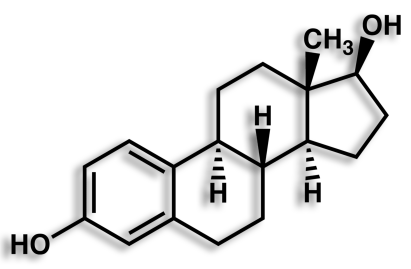 As mentioned previously the two main hormones involved in the production of PMS acne are estrogen and progesterone. In the first 14 days of the menstrual cycle, estrogen is the most prominent hormone.
As mentioned previously the two main hormones involved in the production of PMS acne are estrogen and progesterone. In the first 14 days of the menstrual cycle, estrogen is the most prominent hormone.
In the last 14 days of the menstrual cycle, progesterone is the most prominent hormone. This is why acne is prominent in the first 14 days of the cycle or before bleeding begins. In those last two weeks of the cycle before the period bleeding begins the increase in progesterone causes the swelling of the skins and compression of the pores.
At the same time the substance sebum is accumulating under the skin. All the while the higher levels of testosterone cause even more sebum to be produced and in the 63% of women who are inclined to have acne, this sebum acts like oil on the skin and adding to the clogging of the pores resulting in pimples, blackheads and whiteheads – acne. There is also a buildup of bacteria which aids the development of the acne. Unfortunately the only prevention for this is birth control medication. The acne can be treated however.
Natural Treatments:
Herbs and Vitamins: There are a couple medications that can be used to deal with severe acne. These are medications that must be prescribed by a dermatologist. These medications are Accutane and Low-dose antibiotics. Accutane comes from vitamin A and has serious side effects. It is not to be taken lightly. Those with acne might need low dose antibiotics for infected or deep pimples, whiteheads, and blackheads. These medications are not the first choice in any way shape or form for treating acne but they can help to get rid of the acne.
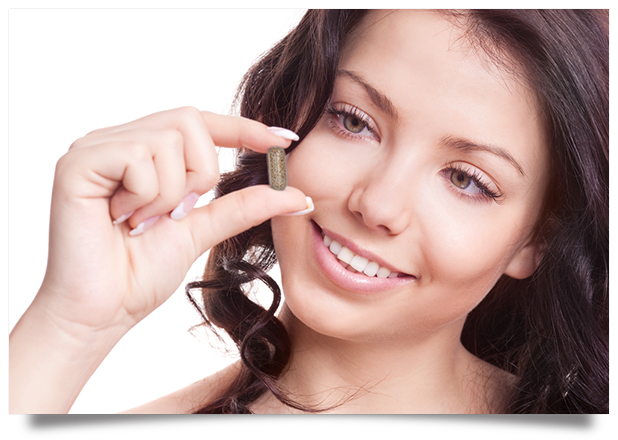 So what are any other treatments for acne?
So what are any other treatments for acne?
Perhaps the best treatment is cleansing and hygiene in an attempt to keep the oil from building up.
If you have acne your face should be washed at least twice a day and no facial products that contain oil should ever be used.
Facial masks or treatments such as benzoyl peroxide or salicylic acid can also be used.
There are natural remedies like herbs that detoxify the body and in conjunction with those that have strengthened the immune system they can help to reduce acne. Certain vitamins and herbs are most helpful in treating acne and they include zinc, vitamin B6, Vitex Agnus Castus and Chaste Tree Berry.
During and After Pregnancy: How does pregnancy affect acne? If a woman already has acne prior to pregnancy, it can get worse. Other women never have trouble with hormonal acne but rather have glowing skin throughout the nine months. A woman can begin pregnancy without acne and then acquire it or have and see it clear up during the pregnancy. Hormonal acne is different for every woman.
There are two reasons that hormonal acne might occur during pregnancy. The first is very much in line with acne that we have discussed. The hormones that increase during this time are the androgenic hormones and will activate the oil glands that clog the pores as we have previously discussed. The second reason that women might suffer from hormonal acne is the dehydration that can occur in the women’s system at that time. It is very important to remain hydrated throughout this period of time. Drinking enough water will dilute the hormonal secretions and cause them to pass quickly through your body without causing any more hormonal acne.
A woman can develop hormonal acne at any time during these nine months, but it is especially prevalent during the first three months. This is because the hormone levels in the first three months are fluctuating wildly. Every woman is different and even every pregnancy is different, but normally the acne will lessen as the pregnancy progresses due to the increased estrogen levels driving out the male hormones.
There will however be some women who will have hormonal acne throughout the entire pregnancy. Or the acne might disappear in the second trimester and reappear after the woman has given birth due to the decreased estrogen levels after giving birth. So once again there is no absolute rule of thumb as each woman is different and each pregnancy is different. Hormonal acne is such that it cannot be predicted. It cannot be prevented. It cannot really be treated. It is just endured by most women. Medications used to treat acne cannot be used during this time due to the risk they pose for birth defects.
So you can see that the subject of acne and hormonal acne is a complex yet common problem. There is not a lot a woman can do to stop it, but it is good to know that PMS acne can be treated.


